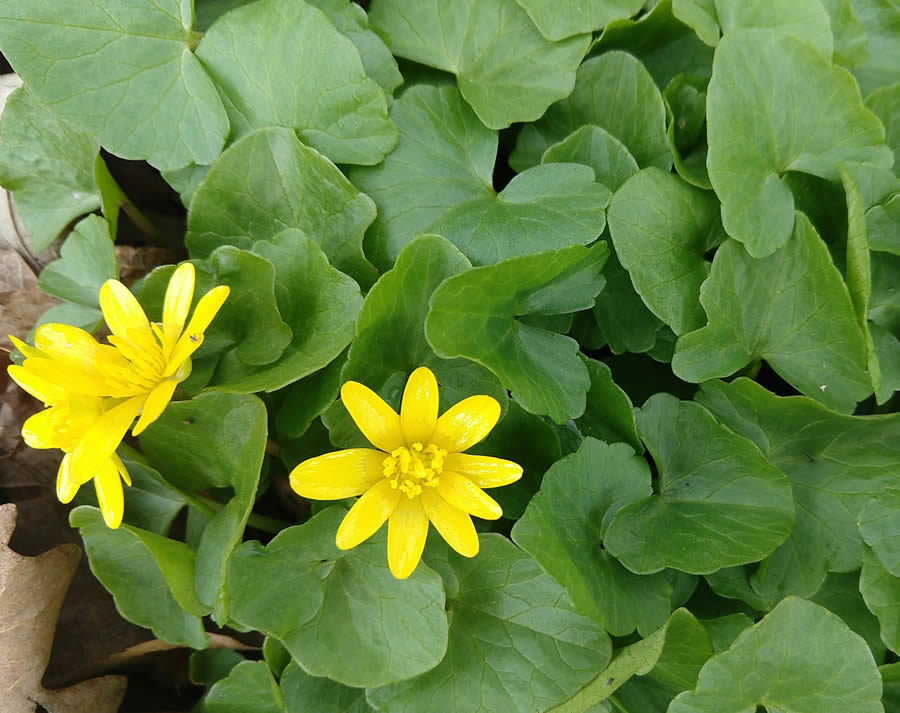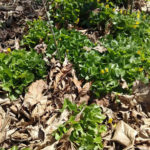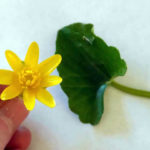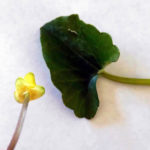DNR and “Lesser Celadine” Awareness
The following information is from the DNR.
Lesser celandine, a Wisconsin prohibited invasive species, has been found growing on a few Whitewater Lake shore land properties. Lesser celandine is an aggressive spreader that flowers in the months of April and May, before dying completely to the ground in June, leaving in its wake bare soil, which can easily erode into lakes degrading water quality. In order to contain lesser celandine’s aggressive spread, the Lake District is asking lake residents to report locations of lesser celandine on their own property, a neighbor’s property, or anywhere else it is discovered around our lakes and our park lands. Fortunately, it’s believed that our local outbreak is minimal at this time, but we want to make sure we don’t miss outbreak populations, because if this problem is not addressed early, it can rapidly spread and be a much more difficult problem to control. So as we walk the roads or hike our nearby trails this weekend, be on the lookout for lesser celandine’s bright yellow tiny blooms, about an inch in diameter, and its heart-shaped leaves. Another very similar small yellow flower is also blooming this week, so make sure to check that the leaves are heart-shaped rather than more fringe-like. Marsh marigold is another species that is blooming this week in wet areas, and looks similar to lesser celandine, except that marsh marigolds have much larger leaves and flowers than lesser celandine. You’ll only find marsh marigolds in wetter areas; whereas, lesser celandine can grow in both wet and dry areas. Please email sightings of lesser celandine to the Town of Whitewater @ townofwhitewater@yahoo.com. Outbreak locations will be forwarded to the DNR, who will then contact property owners. Property owners will be given a choice to eliminate the species on their own or they can allow the DNR to hire a contractor to spray their site.



